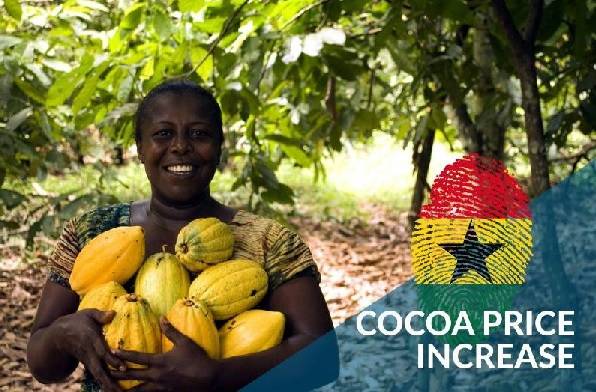For chocolate lovers worldwide, the news isn't sweet. Cocoa prices are soaring, hitting levels not seen in decades. This surge is poised to impact everything from your favorite chocolate bars to that comforting cup of hot cocoa. But what's behind this sudden spike, and how will it affect consumers? Let's delve into the factors driving cocoa's price surge and what it means for the future of chocolate.
Weather Woes and Crop Concerns: The Perfect Storm
The primary driver of this price hike is a significant drop in cocoa production in West Africa, the region responsible for over 70% of the world's cocoa supply. Adverse weather conditions, particularly heavy rains and the Harmattan winds, have wreaked havoc on cocoa crops. These conditions have fostered the spread of diseases like Black Pod Disease and Swollen Shoot Virus, further decimating yields.
Adding to the problem, many cocoa farms are aging, with older trees producing less cocoa. The lack of investment in replanting and modern farming techniques has exacerbated the situation, leaving the industry vulnerable to weather-related disruptions.
Geopolitical Instability: Adding Fuel to the Fire
Political instability and civil unrest in some West African cocoa-producing countries have also played a role. Disruptions to farming operations, supply chain bottlenecks, and uncertainty about future harvests have further tightened the cocoa market. These factors create a volatile environment, making it difficult for farmers to plan and invest in their crops.
The Impact on Chocolate Manufacturers and Consumers
The rising cocoa prices are already being felt by chocolate manufacturers. Companies are facing tough decisions: absorb the increased costs, reduce the size of their products, or pass the price increases onto consumers. Many are opting for a combination of these strategies.
Consumers can expect to see higher prices for their favorite chocolate treats. Some manufacturers may also reduce the amount of cocoa in their products, opting for cheaper alternatives or increasing the sugar content. This could lead to a noticeable change in taste and quality.
Sustainable Solutions: A Path Forward
Addressing the cocoa crisis requires a multi-faceted approach focused on sustainability and long-term solutions. Investing in farmer training programs, promoting climate-resilient farming practices, and supporting replanting initiatives are crucial steps.
Furthermore, fair trade practices that ensure farmers receive a fair price for their cocoa are essential. This will incentivize them to invest in their farms and adopt sustainable practices. Consumers can also play a role by choosing chocolate products that are certified as sustainably sourced.
A Call to Action: Preserving the Future of Chocolate
The cocoa price increase is a wake-up call for the chocolate industry and consumers alike. It highlights the vulnerability of the cocoa supply chain and the need for urgent action. By supporting sustainable farming practices, fair trade initiatives, and responsible consumption, we can help ensure that chocolate remains a treat we can all enjoy for generations to come. The future of chocolate depends on our collective efforts to address the challenges familycing the cocoa industry today.


